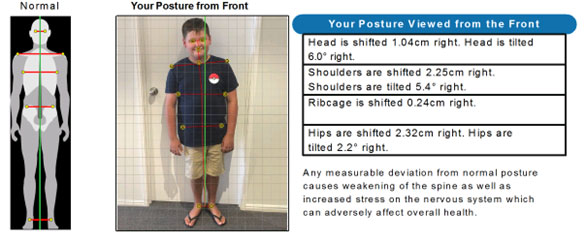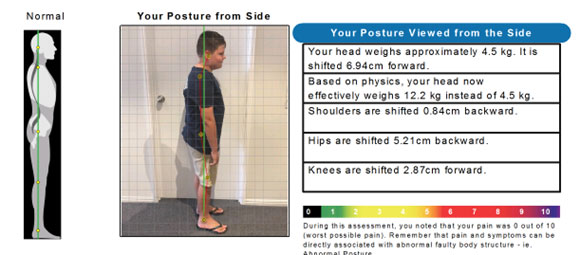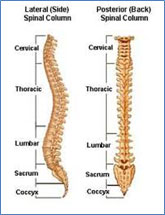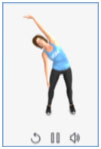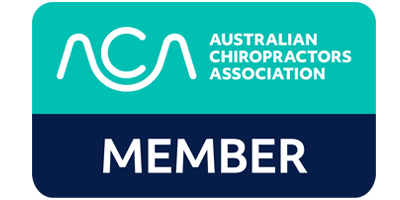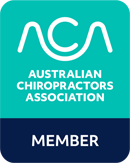Four Steps to Perfect Posture
You can tell a lot about a person just by looking at their appearance. But chiropractors can see more than most people.
Posture is the window to the spine, so the age-old chiropractic saying goes, and a chiropractor can identify a multitude of problems just by observing a patient’s posture.
At LHCC every new patient now receives a posture photo (see below) with computer technology to analyse for poor posture to determine the severity and consequences of that posture.
Your posture is a combination of your genetics, past physical experiences (work position, trauma etc.), attitude and your thoughts and feelings. Chiropractors have specialist skills that help them to ‘read’ a spine and along with other tests, determine what issues lie underneath and what might bring about a correction.
In the photo above this young patient has a significant lean to his right side. Further examination would reveal misalignments and a potentially serious curvature or tilt to his spine.
In the photo above the boy also has a marked forward head posture and in the box to the right we see how the weight of his head is multiplied dramatically with the shift in position. A 7cm forward shift results in a 3x increase in the effective weight of the head.
In the short term there may be symptoms like neck pain, muscle spasm (such as a ‘Wry Neck’) and headache. Symptoms can also be referred to other parts of the body or silent so the cause in the spine is overlooked or missed.
In the long term the shift in weight to the front will cause serious bone and disc stress and lead to inflammation and degeneration or osteoarthritis.
This is all the more concerning because, as with other chronic diseases such as heart disease and cancer, the person may not suffer symptoms for many years to come.
Other posture problems chiropractic can help include:
- Scoliosis
- Sway back
- Short leg/Dropped pelvis
- Round shoulders
- “Dowager’s Hump”
- Head tilt (sideways)
Most people know that poor posture, like the typical slumped posture, looks uncomfortable can cause neck and back pain and is bad for your health.
Chiropractic adjustments to the spine are a safe and gentle way of restoring normal movement patterns of spinal joints and allowing the patient to stand straighter and taller.
The patient’s help is needed though to correct the structure by observing good postural habits, doing certain specific exercises and also getting regular general exercise.
How to Correct Your Posture
Good posture is about keeping your spine in what is known as the Neutral Posture. The neutral spinal position is when:
We are straight from the front or back and from the side all three curves are balanced, even, smooth and in good alignment.
- We are straight from the front or back and from the side all three curves are balanced, even, smooth and in good alignment.
- From the front: ears, shoulders and hips are level.
- From the side: the ears, shoulders, hips knees and ankles are aligned as if along a plumb line.
Four Tips to Improve Your Posture
- “Stand tall, walk tall, sit tall, even lie down tall.” Say this to yourself over and over as an affirmation – a phrase that with repetition sinks down into the unconscious mind and influences our behaviour.
- Lift your chin to level – even this small change in position can help re-align the normal neck curve.
- Lift up your chest. Hint: Belly breathing relaxes chest and shoulder muscles and allows the chest to rise more easily.
- Tuck your tailbone under and forwards, using your core and pelvic floor muscles, lifting your pubic bone upwards – this flattens the lower back curve which is so often exaggerated into a ‘sway-back.’
For a set of great exercises which mobilise your spine and tone up your important core muscles, download the CAA Straighten Up App
For best results with correcting your posture, book in BOOK AN APPOINTMENT for a full spine and postural assessment.


